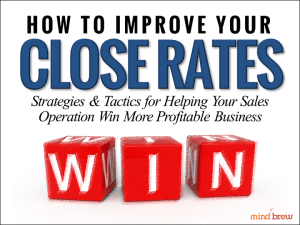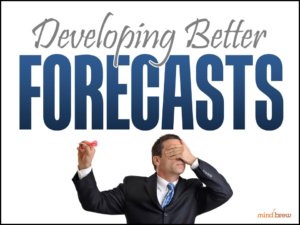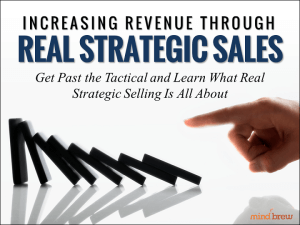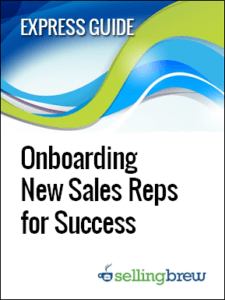Decisions about which metrics an organization is going to pay attention to and which it is going to ignore can have huge ramifications.
In modern times, one of the most well-known examples of this phenomenon is the Oakland Athletics baseball team, beginning in 2002. Before that year, most managers and scouts evaluated players based on their physical abilities. They looked for players who were strong, fast, and athletic. Of course, they also looked at some traditional baseball metrics like batting average and runs batted in (RBIs), but that was as far as most statistical analysis went.
Oakland manager Billy Beane (and the rest of his staff) decided to take a completely different approach. They looked at a couple of statistics that no one else was looking at—on-base percentage (which includes walks as well as hits) and slugging (total bases divided by at-bats). They didn’t care how strong batters were. They didn’t care how fast they ran. They just wanted to know whether they got on base a lot (even if they walked or got hit by pitches), and they gave them “extra credit” for getting farther than to first base.
Looking at these metrics, Beane was able to put together a team full of players who had been overlooked by other managers. And as a result, the Oakland As frequently won against other teams that had budgets three times larger.
As a sales ops professional, you have hundreds, perhaps even thousands, of metrics at your disposal. It can be very tempting to focus on what we call “activity metrics.” These numbers measure what you’ve been doing, for example, how many RFPs you responded to, how many calls your salespeople made, etc. But these types of metrics can actually be more damaging than helpful. They are the equivalent of measuring a baseball player’s arm strength rather than looking at predictors of actual performance.
Instead of activity metrics, we encourage you to focus on stats that can highlight opportunities for improvement. These are not just things that salespeople can do better, but areas the whole company can impact. Getting the broader team focused on key metrics like these can focus improvement efforts—and will ultimately boost revenue.
Which metrics are these? Here are three that should be part of your regular reporting:
1. Sales Cycle Length. A lot of people overlook sales cycle length—the same way that major league baseball teams used to overlook hitters who walk a lot. But shortening your sales cycle can have a dramatic impact on profitability. When cycle times are shorter, salespeople are naturally more productive. They’re able to work more deals per quarter, and that usually translates to higher revenues and profits.
If you’re not sure how to speed up the sales process, check out Accelerating Sales Cycles.
2. Close Rate. Every sales team tracks the deals they won, but we quickly forget the ones we lost. Keeping track of the win rate or close rate helps focus improvement and can energize the broader team to uncover the culprits for a low or declining win rate. It’s easy to blame sales when deals are lost, but peeling back the layers to uncover where marketing went wrong on messaging or lead gen can be very enlightening.
We cover this idea in greater detail in How to Improve Your Close Rates.
3. Forecast Accuracy. It’s not enough to track the effectiveness of the sales team; you also need to track the effectiveness of the sales ops team. And that means monitoring the accuracy of your sales forecasts. If you want to improve something, you have to measure it. Tracking this metric over team will keep your team focused on improving your capabilities.
For related tips and strategies, see Developing Better Forecasts.
Of course, these aren’t the only metrics your team should be tracking. But if you want to remain competitive (and especially if you are competing with organizations that have much larger budgets than you do), these three metrics need to be part of your arsenal.













